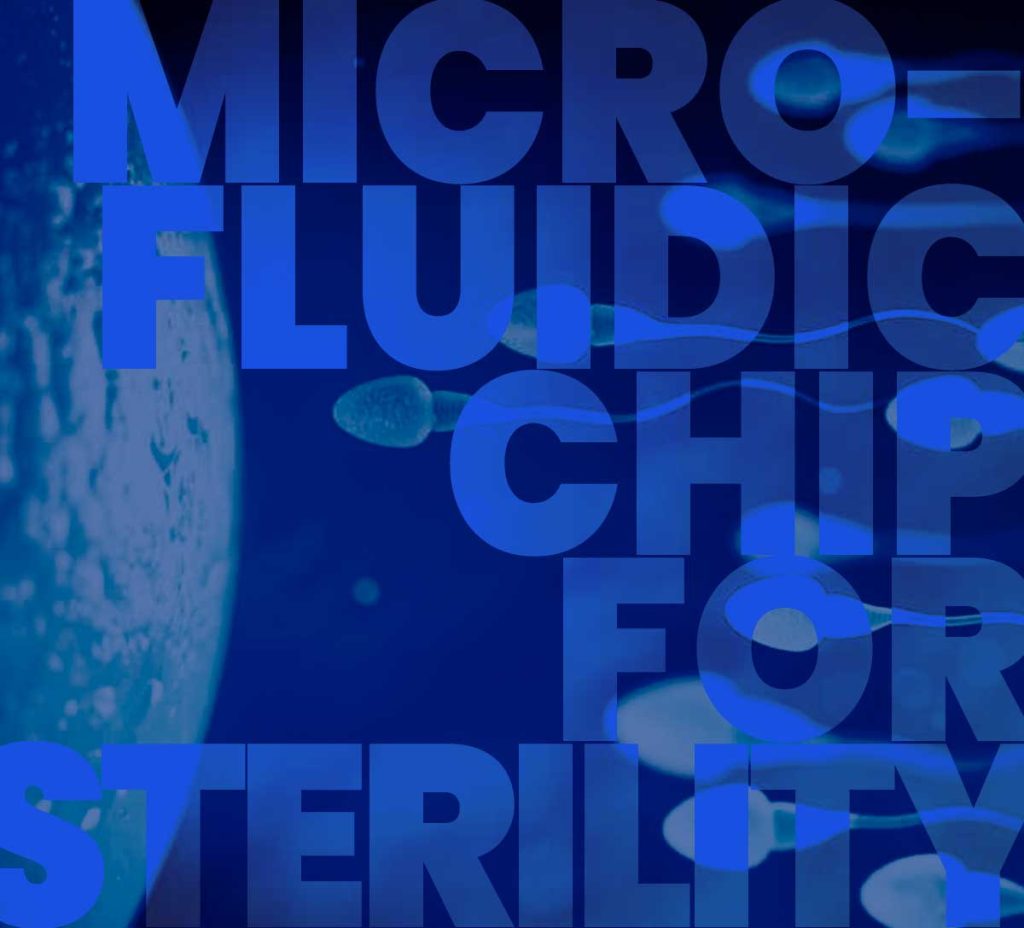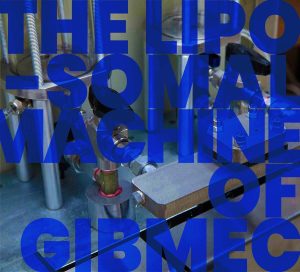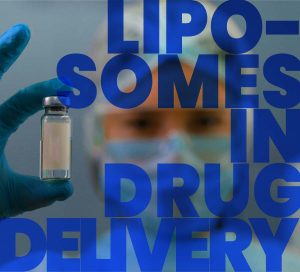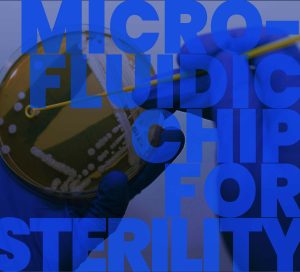Microfluidic chip technology has emerged as a powerful tool in the field of biomedical research, clinical diagnostics, and drug discovery due to its ability to handle and manipulate small volumes of fluids. These chips, also known as lab-on-a-chip devices, can integrate a variety of functions such as sample preparation, reaction, detection, and analysis on a single platform. In this article, we will discuss the application of microfluidic chips in various fields.
Application of GIBMEC Microfluidic Chip in Sperm selection
Sperm selection is a critical aspect of assisted reproductive technologies (ARTs) such as in vitro fertilization (IVF) and intracytoplasmic sperm injection (ICSI). The quality of the selected sperm is a critical determinant of the success of these procedures. In recent years, microfluidic chips have emerged as a powerful tool for sperm selection.
Microfluidic chips are tiny devices that can manipulate fluids at the microscale level. These chips have channels and chambers with dimensions in the micrometer range, allowing for precise control of fluid flow. The use of microfluidic chips for sperm selection has several advantages over traditional methods, such as density gradient centrifugation and swim-up.
One of the key benefits of using microfluidic chips for sperm selection is the ability to select sperm based on their functional parameters. For example, microfluidic chips can be designed to select sperm based on their ability to swim against a current, which is a key indicator of sperm quality. This type of selection can be particularly useful for men with low sperm motility.
Another advantage of using microfluidic chips for sperm selection is the ability to select sperm based on their size and shape. Microfluidic chips can be designed to select sperm with a normal morphology, which is an important indicator of sperm quality. This type of selection can be particularly useful for men with low sperm morphology.
Microfluidic chips can also be used to select sperm based on their DNA integrity. This is important because DNA damage in sperm can lead to infertility, miscarriage, and birth defects. Microfluidic chips can be designed to select sperm with intact DNA, which can improve the success rate of ARTs.
The use of microfluidic chips for sperm selection can also improve the efficiency of the selection process. Traditional methods such as density gradient centrifugation and swim-up are time-consuming and require multiple steps. Microfluidic chips, on the other hand, can select sperm in a single step, reducing the time and labor required for the process.
One of the challenges of using microfluidic chips for sperm selection is the need for specialized equipment and expertise. Microfluidic chips require precise control of fluid flow, which can be challenging to achieve. Additionally, the design of microfluidic chips for sperm selection requires a thorough understanding of sperm physiology and the factors that affect sperm quality.
Despite these challenges, microfluidic chips show great promise for sperm selection in ARTs. Several studies have demonstrated the effectiveness of microfluidic chips for selecting high-quality sperm, with improved outcomes in IVF and ICSI. As the technology continues to evolve, it is likely that microfluidic chips will become an increasingly important tool in the field of reproductive medicine.




